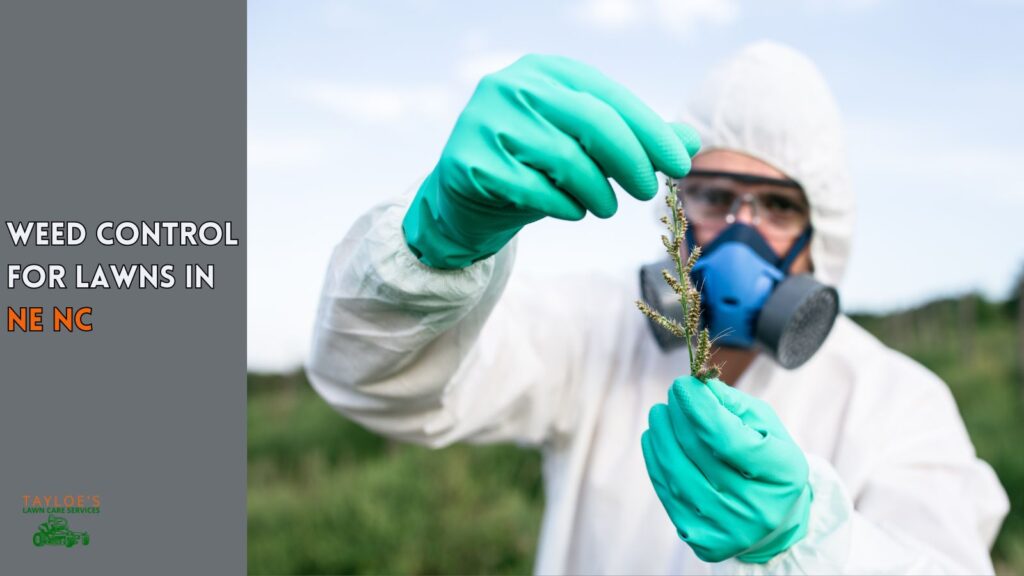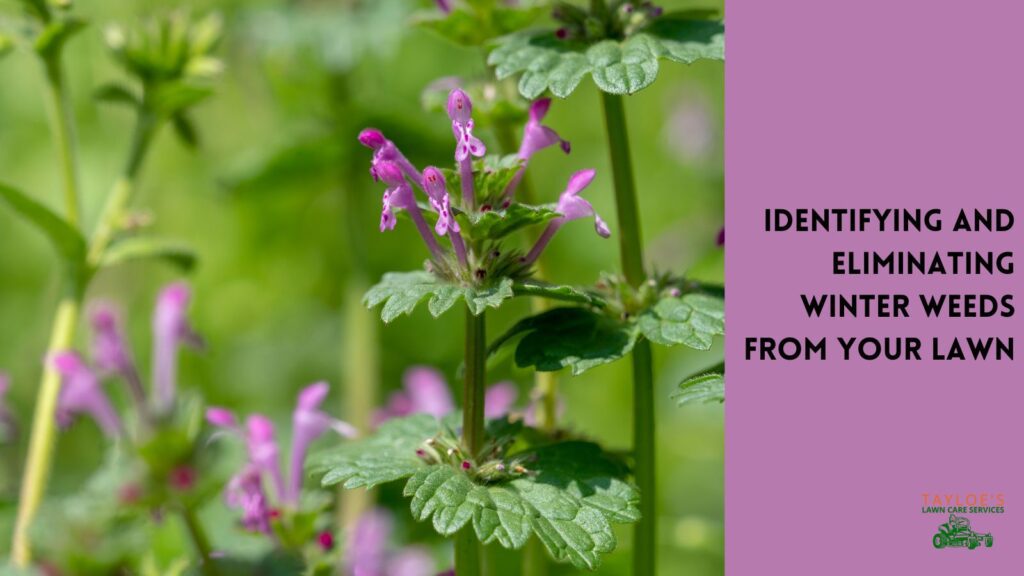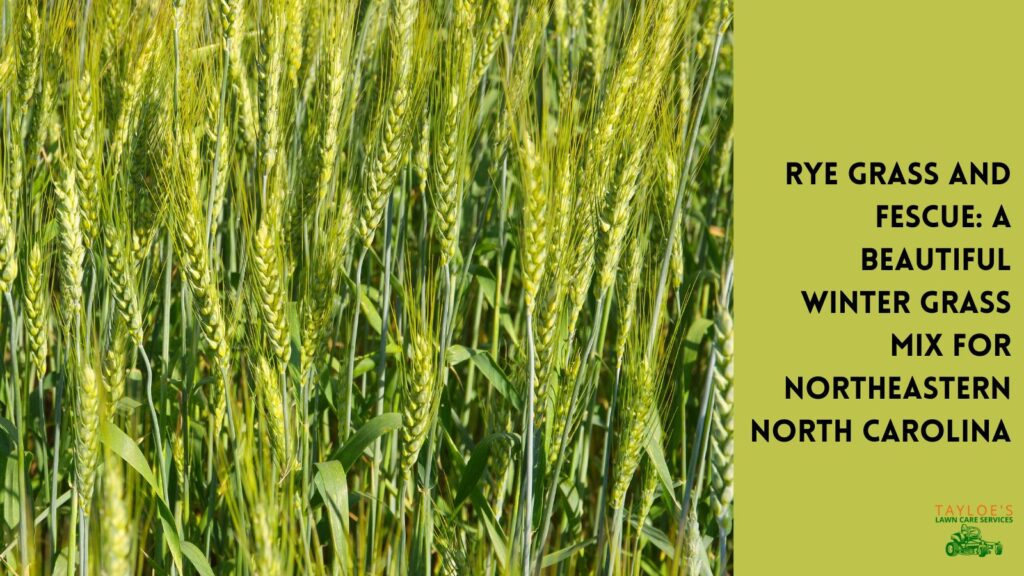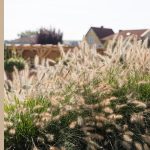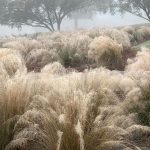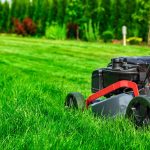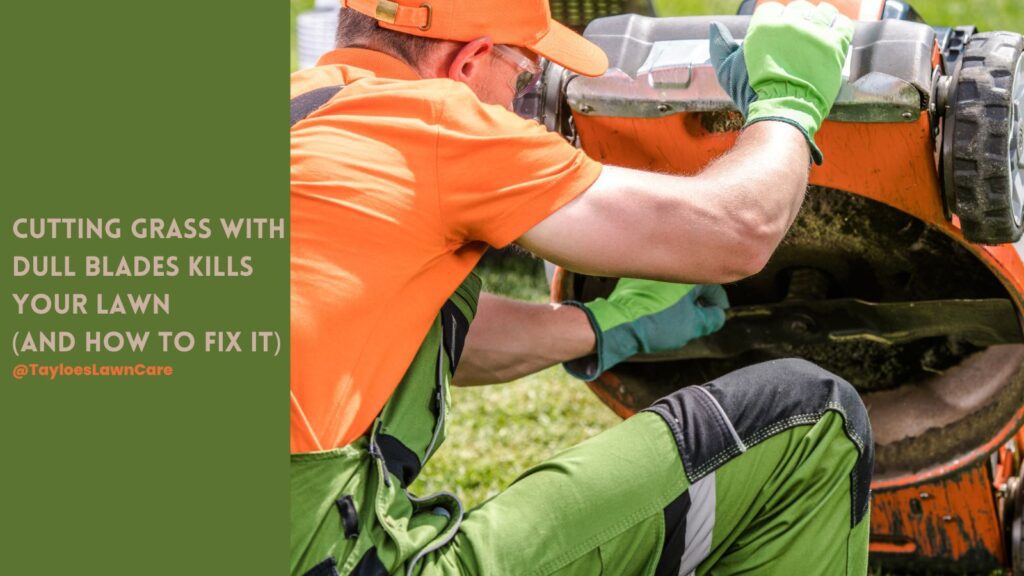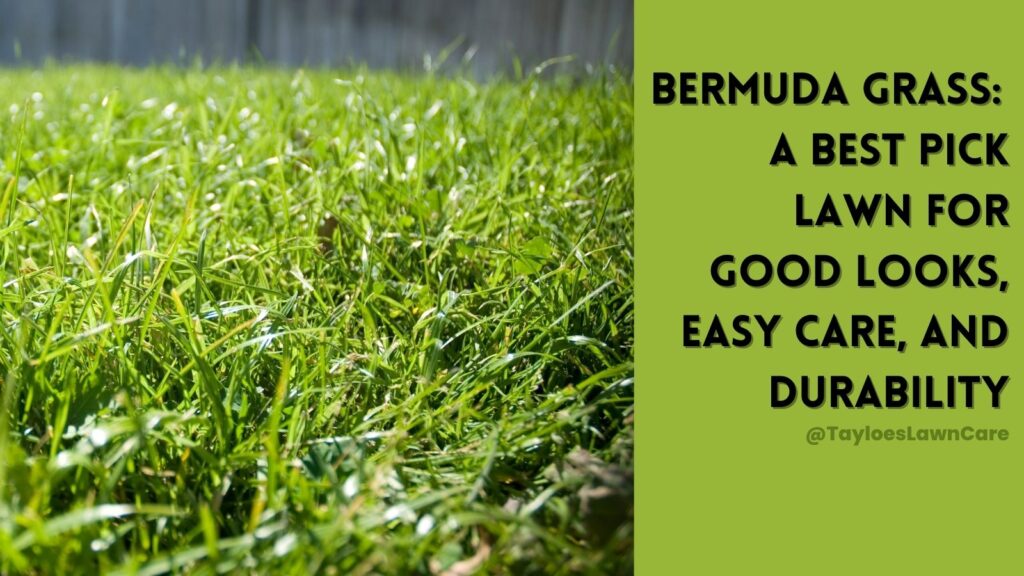Last Updated on: 8th August 2024, 08:46 am
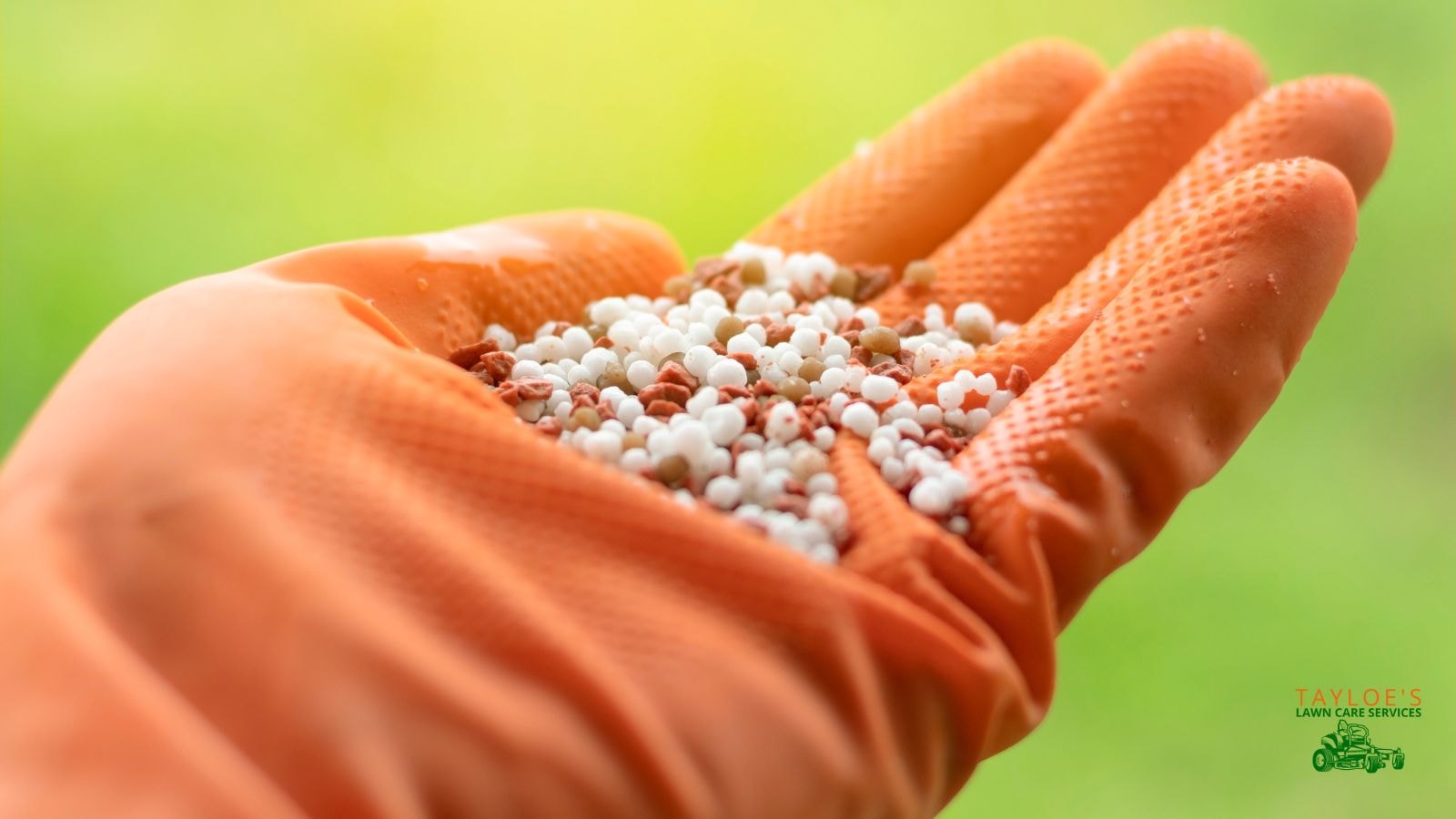
How weed and feed weed killer plus fertilizer helps your lawn look better
You may have heard the term before but still wonder: What exactly are weed and feed products? Weed and Feed is a lawn care product that combines a weed killer with a feed fertilizer, making it an efficient solution for promoting plant growth while controlling weeds.
This product is particularly popular among lawn owners who want to maintain a healthy and attractive lawn without the hassle of separate treatments. Weed and feed products typically contain nitrogen, phosphorus, and potassium (NPK), essential nutrients that promote healthy lawn growth.
This article will help you fully understand this valuable lawn care product and why you should make the first application.
Benefits of Using Weed and Feed on Lawn and Near Plants
Let’s first look at some of the best reasons to use lawn fertilizer and weed killer products on your lawn.
Weed and Feed Is a Convenient Way to Control wseeks and Promote Grass Root Growth
The primary advantage of weed and feed is its convenience and time-saving nature. Combining weed control and fertilization in one application allows you to take care of two key lawn maintenance tasks simultaneously. This makes it easier to have a lovely, green lawn without spending extra time or effort.
Removes Common Weeds from the Lawn
Another significant benefit is the effective weed control offered by weed and feed products. These products contain a weed killer that targets common lawn weeds such as:
Dandelion
Clover
Chickweed
Eliminating these weeds gives your lawn more space and resources to grow strong and healthy.
Introduces Phosphorous, Potassium, and Nitrogen for Healthier Grass Roots
Finally, the feed fertilizer component of a weed and feed product feeds your lawn with essential nutrients like nitrogen, phosphorous, and potassium (NPK). These nutrients promote robust lawn growth, resulting in a healthier and more vibrant yard.
Choosing the Lawn Fertilizer Right Product
When selecting a weed and feed brand, it’s important to consider more than just a great price. Understanding the different types of weed and feed products will help you choose the best one for your lawn’s needs. Here are the main types you should be aware of:
Granular Weed and Feed
Granular weed and feed is a dry product applied to the turfgrass using drop spreaders or a broadcast spreader. A brand name most would recognize is Scotts Turf Builder.
This type is easy to apply and ensures even distribution across the lawn. Granular products are particularly beneficial for covering large areas quickly and evenly. They release their nutrients slowly, providing long-lasting feeding to the grass while simultaneously targeting weeds.
Liquid Weed and Feed
Liquid weed and feed require the use of a sprayer. This type can be more precise, allowing you to target specific lawn areas effectively. A brand name example is Scotts Liquid Turf Builder.
Liquid products often provide quicker results compared to granular ones, as weeds and grass rapidly absorb them. This makes them ideal for spot treatments or smaller lawns where precision is key.
Pre-Emergent Weed and Feed
Pre-emergent weed and feed is designed to prevent future weeds from germinating. This product should be applied early in the spring before the weed seeds sprout. It creates a barrier in the soil that stops the weeds from growing, effectively reducing the number of weeds appearing later in the season. This type is particularly useful for preventing annual weeds such as crabgrass.
Post-Emergent Herbicides
Post-emergent weed and feed is used after weeds have already appeared in your lawn. This product targets existing weeds, killing them while simultaneously feeding your lawn. It is best applied when weeds are actively growing, typically in the late spring or early fall, when daytime temperatures are just right.
This weed and feed is effective against various broadleaf weeds like dandelion and clover, making it a good choice for maintaining a weed-free lawn throughout the growing season.
Choosing the turf builder product for your lawn involves considering the type of weeds you are dealing with, the current state of your lawn, and the time of year. By selecting the appropriate product, you can ensure your lawn remains healthy, vibrant, and free of unwanted weeds.
When to Apply Weed and Feed to Weed Infested Lawns
The best time to apply weed and feed is spring and fall. Applying it in first warm weeks of spring helps control weeds and promote healthy lawn growth as the growing season begins. Applying weed and feed in late summer or early fall helps control weeds and prepare the lawn for the next growing season.
It’s important to avoid applying weed and feed during extreme weather conditions such as heavy rain, drought, or high temperatures, as these can affect the product’s effectiveness.
How to Apply Weed and Feed
Always follow the manufacturer’s instructions for application rates and timing to ensure the best results. Apply weed and feed to a damp or slightly wet lawn. Being a little wet helps the product be absorbed into the weeds’ leaf tissue. Use a spreader or sprayer to apply the product evenly and avoid over-application, which can damage your lawn.
Safety Precautions for Lawn Fertilizer
When applying weed and feed, always wear protective clothing and eyewear to protect yourself from potential exposure. Avoid applying the product on windy days to prevent it from drifting onto garden vegetables or other desirable plants. Have pets and children avoid contact with the treated area until the product has been absorbed into the soil to ensure their safety.
Lawn Care Tips for Weed-Infested Lawns
Maintaining a healthy lawn means more than following your regular mowing, watering, and fertilizing schedule. In the early springtime, use a pre-emergent weed and feed product to prevent weeds from germinating. That treatment is highly effective as soon as the daytime temperatures are consistently warm. A post-emergent weed and feed application effectively controls existing dandelion, clover, etc.
Common Lawn Weeds and How to Control Them
Dandelions, clover, and chickweed are common lawn weeds. To control dandelions and plantain, use a post-emergent weed and feed product. A pre-emergent weed and feed product works best for preventing clover.
Using Turf Builder Around Different Garden Areas
When using weed and feed products, it’s crucial to understand how they can affect various parts of your garden. While they are highly effective for lawns, avoid contact when applying them near fruit and vegetable gardens, trees and shrubs, and flower beds to prevent unintended damage.
Fruit and Vegetable Gardens
Applying weed and feed products near fruit and vegetable gardens can be risky. The herbicides in these products are designed to kill broadleaf weeds and can harm edible plants if they come into contact with them. Here are some precautions to take:
Distance: Keep a safe distance between the application area and your fruit and vegetable gardens. Wind or water runoff can carry the product into these sensitive areas, so a buffer zone is essential.
Barrier: Consider creating a physical barrier, such as a fence or a row of non-edible plants, to prevent the weed and feed from drifting into your garden.
Alternatives: To ensure safety, use organic or manual weed control methods in your fruit and vegetable garden. Hand-pulling weeds or using mulch can be effective without risking contamination.
Trees and Shrubs
When using weed and feed around trees and shrubs, there are several factors to consider to avoid damaging these larger plants:
Root Systems: Trees and shrubs have extensive root systems extending far beyond their drip lines. If herbicides in weed and feed products are applied too close to these roots, they can be absorbed, potentially harming the plants.
Target Areas: Apply weed and feed only to the grassy areas, avoiding direct application near the base of trees and shrubs.
Selective Products: Opt for products specifically labeled as safe for use around trees and shrubs if you must apply them in these areas.
Flower Beds
Flower beds are another area where caution is needed when using weed and feed products:
Broadleaf Sensitivity: Many ornamental flowers are broadleaf plants and can be harmed by the herbicides in weed and feed products.
Spot Treatment: Instead of applying weed and feed broadly around flowers, use spot treatments for weeds or apply a layer of mulch to suppress weed growth.
Timing and Method: Apply the product on a calm day to avoid drift and always water the lawn properly after application to ensure the product stays where it’s applied and doesn’t spread to nearby flower beds.
General Precautions
Application Tools: Use a drop spreader or sprayer with precision controls to limit the application to the intended areas.
Weather Conditions: Avoid applying weed and feed products on windy days, as this increases the risk of drift. Also avoid applying turf builder during long weeks of summertime drought.
Label Instructions: Always read and follow the manufacturer’s instructions and warnings; this will ensure safe and effective use of the product.
You can support plant growth and get rid of weeds effectively while protecting your fruit and vegetable gardens, trees and shrubs, and flower beds from potential harm.
Troubleshooting Common Issues
Check the application rate and timing if weeds are not controlled after applying weed and feed. If the current product is not effective, you may need to consider using a different one.
If your lawn shows signs of damage, review the product label for any warnings or restrictions and consider using a different product that is safer for your lawn type.
Organic Alternatives to Weed and Feed
Hand-pulling or using a weeding fork can be effective for those seeking natural methods to eliminate weeds. Additionally, organic fertilizers like compost or manure can promote lawn health without chemicals.
Frequently Asked Questions About Turf Builder
Here are the questions we often get from clients and search for on Google.
What is the best time to apply weed & feed?
The best times to apply weed and feed are early spring, late summer, or early fall. Springtime applications help rid the tuff of weeds and promote healthy growth at the start of the growing season. Conversely, late summer or early fall applications help prepare the lawn for the next season by controlling weeds and providing essential nutrients.
How often should I apply weed and feed?
Typically, weed & feed should be applied once or twice a year, depending on your lawn’s needs and the product’s instructions. Applying it in early spring and again in late summer or early fall usually provides the best results for most lawns, ensuring effective weed control and nutrient supply.
Can I use weed and feed on garden vegetables?
No, weed and feed products are designed for lawns and should not be used on your fruits or vegetables. The herbicides in weed and feed can harm edible plants, so it’s important to keep these products away from vegetable gardens to avoid contamination and ensure the safety of your produce.
Are turf builder products safe for pets and children?
Weed & feed products are generally safe for pets and children once they have been absorbed into the soil. However, to ensure their safety, keep pets and children away from treated areas until the product has been watered in and has had time to settle, typically a day or two after application.
How long does it take to produce results after applying weed & feed?
Results from applying weed + feed can usually be seen within a few days to a couple of weeks. The weed control component starts working quickly to kill broadleaf weeds, and you may notice the weeds wilting and dying within one to two weeks. The fertilizer component takes a bit longer to show visible results, typically within two weeks. That’s because it provides nutrients to the grass slowly, promoting greener and more vigorous growth.
Is a turf builder product safe on a fescue and ryegrass winter lawn?
Yes, many weed and feed products are safe for use on fescue and ryegrass winter lawns. However, it is crucial to choose a product specifically labeled for these grass types. Always read the product label to ensure compatibility, and follow the recommended application rates and timing to avoid any potential damage to your winter lawn.
How often should the lawn be treated?
Generally, a lawn should be treated with weed and feed once or twice a year. The exact frequency depends on the specific product and the condition of your lawn. A typical schedule involves applying weed and feed in early spring to tackle emerging weeds and promote growth, and again in late summer or early fall to prepare the lawn for the next growing season. Always follow the manufacturer instructions for the best results.
Why is weed & feed best on wet grass?
Applying turf builder on wet grass helps particles adhere to the weed leaves, increasing its effectiveness. That’s important because the moisture allows the herbicide to be absorbed into the weeds more efficiently, leading to quicker and more effective weed control.
Additionally, wet grass can help the fertilizer component dissolve and reach the soil faster, promoting nutrient uptake by the grass. This ensures the product’s weed control and feeding components work their best.
Connect With Tayloe’s Lawn Care Services to Treat Your Lawn
If you want to avoid a weedy lawn, connect with Tayloe’s Lawn Care Services, LLC. We are licensed customer applicators with certification by the NC Department of Agriculture. We will treat your yard with the right bled of fertilizers and weed control while the lawn is still actively growing but the days aren’t too hot. Connect by texting or calling us at 252.287.3376. Your consultation is free and will be a no-pressure experience. We also encourage you to follow the Tayloe’s Lawn Care Facebook page to get additional year-round lawn and garden tips.
Author Profile

- Randy Tayloe is the COO of Tayloe's Lawn Care Service, LLC. He is a certified custom applicator, recognized by the North Carolina Department of Agriculture Pesticide Division. A native of Bertie County, NC, and graduate of Bertie High School, he wants to beautify his home county - one yard at a time.
Latest entries
 FaunaOctober 3, 2025Fall decorations that endanger wildlife (and how to avoid the risks)
FaunaOctober 3, 2025Fall decorations that endanger wildlife (and how to avoid the risks) GardeningApril 1, 2025Fountain grasses add colorful foliage and movement
GardeningApril 1, 2025Fountain grasses add colorful foliage and movement GardeningMarch 21, 2025White cloud muhly grass growing guide
GardeningMarch 21, 2025White cloud muhly grass growing guide Lawn CareFebruary 25, 2025Should I mow every week?
Lawn CareFebruary 25, 2025Should I mow every week?

